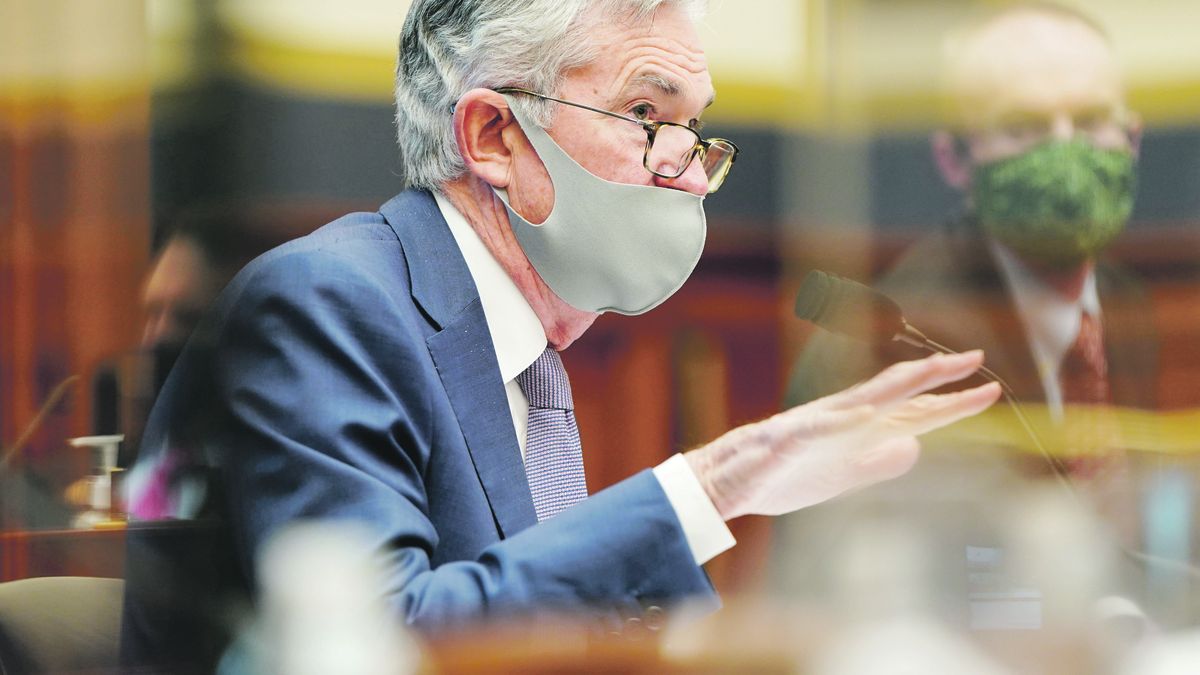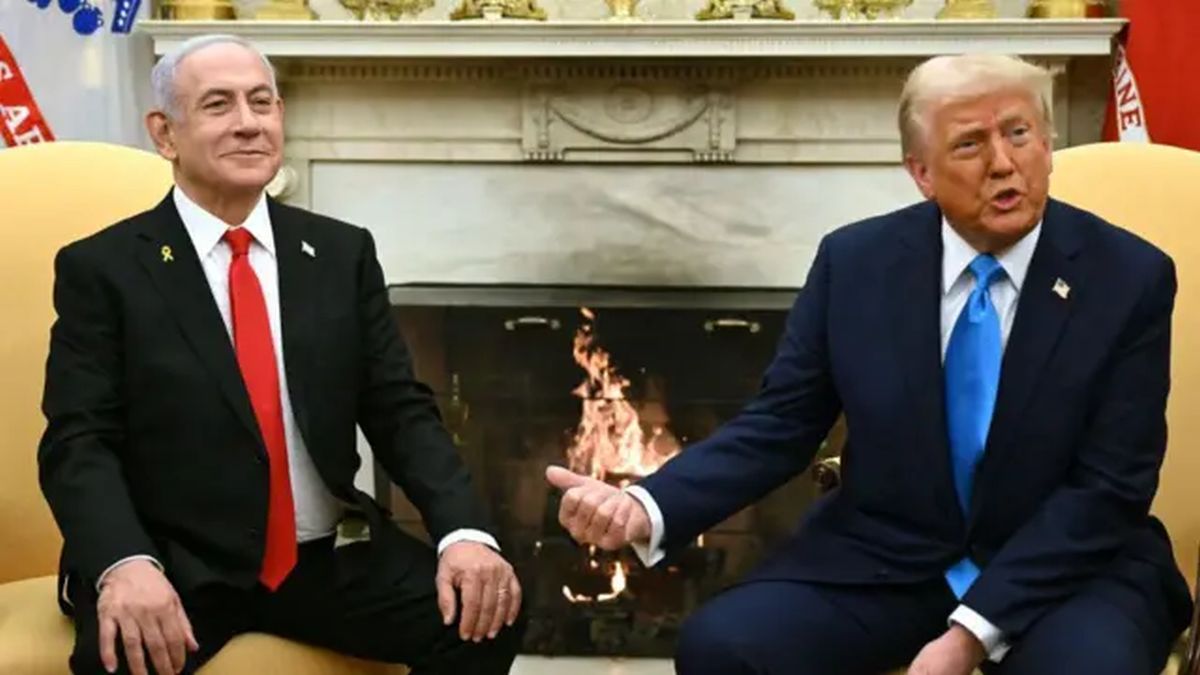The landing began with a shake. In the past, preventive monetary policy could take its time, call it a day in the heat (or rather, cold) of events, and assess the damage before triggering again. Notice that the fed it is a workshop with a single tool. You can’t attack two problems at once if they don’t line up. The economy hit the ground but inflation is still cavorting outside the barnyard. Triple the official goal of 2%. The current flexible policy was left off-side. Bringing down inflation is his top priority. Is there a risk that the Fed tightens too much? “By the way. But the biggest mistake would be to fail to restore price stability.” Powell said It must discipline the economy. It is no longer flexible but rigid to the extreme. The soft landing was left to the consumer. If he withdraws and cuts his savings cushion, a harsh outcome is marked.
The measurement of inflation May played a dirty trick. The prices consumer rose 1%. Its interannual variation –8.6%- set off the alarms. In contrast, the consumer spending deflator – the Fed’s favorite stick – rose 0.6%. Or 6.3% year-on-year. Note that the version without food and energy scaled 0.3%. It maintains that cruising speed since February. The important thing is that it is the best predictor of inflation. And the last four months it was anchored at 3.7% per year. The May scare was based on a trivial fact: retail prices are released two and a half weeks before the consumption deflator. With another order of appearance, the vision would be a great success and not a failure. And another, the monetary policy decision. The prices of commodities they fell hard ever since, and they nod. June innovates with the cooling of inflationary pressures. Understand: the conclusive evidence that Powell is looking for is not yet available, but it appears clearly.
Too late to save the running of the economy? Yes. Although the Fed will begin to create room for maneuver. It just needs the data to flow. The bond market has already bought the new scenario. The ten-year rate around 2.9% speaks of a double peak, its own (at 3.50%) and inflation. It’s a first landing certificate (soft or hard, it doesn’t matter). The two-year rate traced a similar parabola. And what does it suggest? That the Fed will not go through a rise in short rates as sharp as expected. The September recess, Raphael Bostic’s idea, is not a chimera. The rate cut will be anticipated. We are not surprised that it starts this year as well. Only the Stock Market remains in the shadows. Its fate hangs more on the ability of companies to protect their profitability in the downturn than on anything else, until the Fed reviews its policy. Without a credit crisis, then yes the Stock Market will be able to take revenge.
Source: Ambito
David William is a talented author who has made a name for himself in the world of writing. He is a professional author who writes on a wide range of topics, from general interest to opinion news. David is currently working as a writer at 24 hours worlds where he brings his unique perspective and in-depth research to his articles, making them both informative and engaging.




